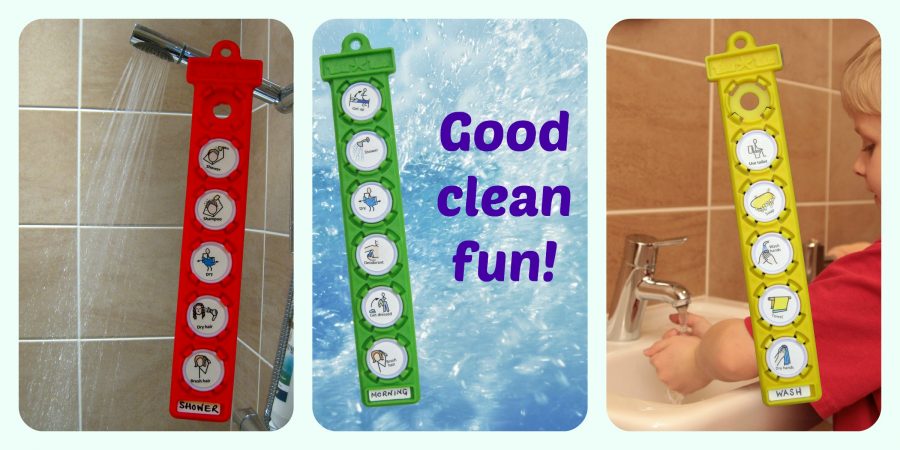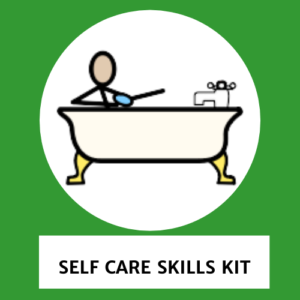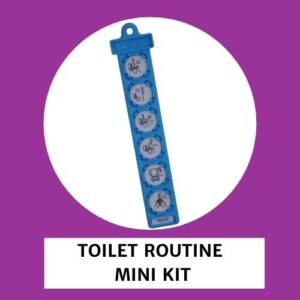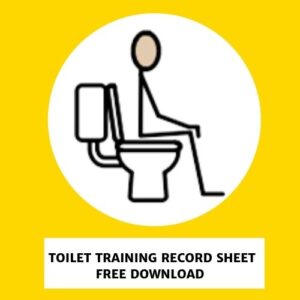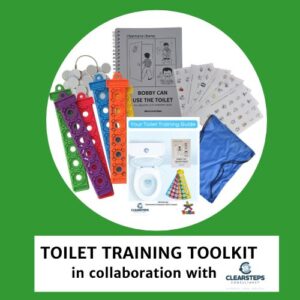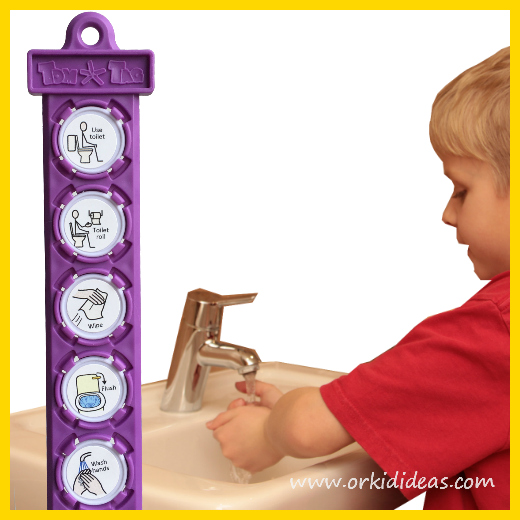
Teaching children about personal hygiene and the importance of keeping their bodies clean is the best way to help prevent infections and reduce the spread of germs. Helping children feel good about themselves and caring about the way they look is important for self esteem and helps them to keep healthy in later life.
Parents should lead by example by making personal hygiene part of everyday life. A simple visual checklist breaking down personal hygiene routines into small steps can be an effective way to teach and remind children how to take care of their bodies and will help them develop good personal hygiene practices for life.
Using TomTag
Checklists for learning personal hygiene routines such as hand washing, showering, bathing, hair care or general daily hygiene tasks can be created using symbols from our self care sticker pack. Our In the House sticker pack also contains a selection of personal care symbols.
Keep them handy in the bathroom or bedroom – all our stickers, tags and buttons are waterproof so there’s no need to worry about any splashes!
Here’s some tips for hygiene skills we think are particularly important.
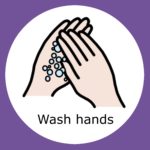 Wash hands
Wash hands
Hand washing is the most effective way to prevent the spread of infection. Remind children to wash their hands after using the toilet, playing outside, before eating, after blowing their nose or coughing and after petting animals.
Show children how to wash hands effectively using the 5 step method – wet, lather, scrub, rinse, dry. Get more tips from the NHS wash your hands campaign.
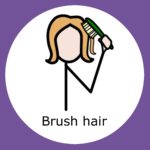 Brush hair
Brush hair
Hair should be brushed every day. If your child has sensory issues try a brush with a large head and use a firm stroke as you brush. Use strategies such as brushing in front of a mirror so your child can predict when the brush is coming and giving definite time limits to the task e.g. let’s count to 10.
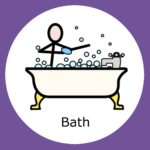 Shower/bath
Shower/bath
Establish a regular bathing routine either daily or every few days. This may be a calming activity as part of your child’s night time routine. Show your child how to wash the entire body and if sensory issues are a consideration, use non perfumed soap, a large sponge and lots of deep pressure when washing and drying.
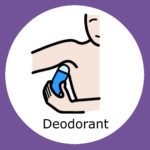 Deodorant
Deodorant
As your child becomes older body odour may be an issue. Provide deodorant if necessary and explain why it is needed. Emphasise that using a deodorant is not an alternative to washing!
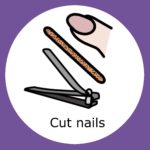 Cut nails
Cut nails
Keeping nails short helps to prevent bacteria and dirt from collecting under them. If your child dislikes having their nails cut try using baby nail clippers and cutting them straight after bathing when the nails are softer. Cutting nails whilst they are asleep is another option but only if your child is a sound sleeper!
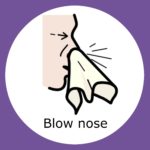 Blow nose
Blow nose
Remind your child not to pick their nose as this increases the spread of germs. Teaching a child how to blow their nose can be a frustrating task so if you’re struggling these tips to help kids learn how to blow their nose from The OT Toolbox are useful.
Resources

